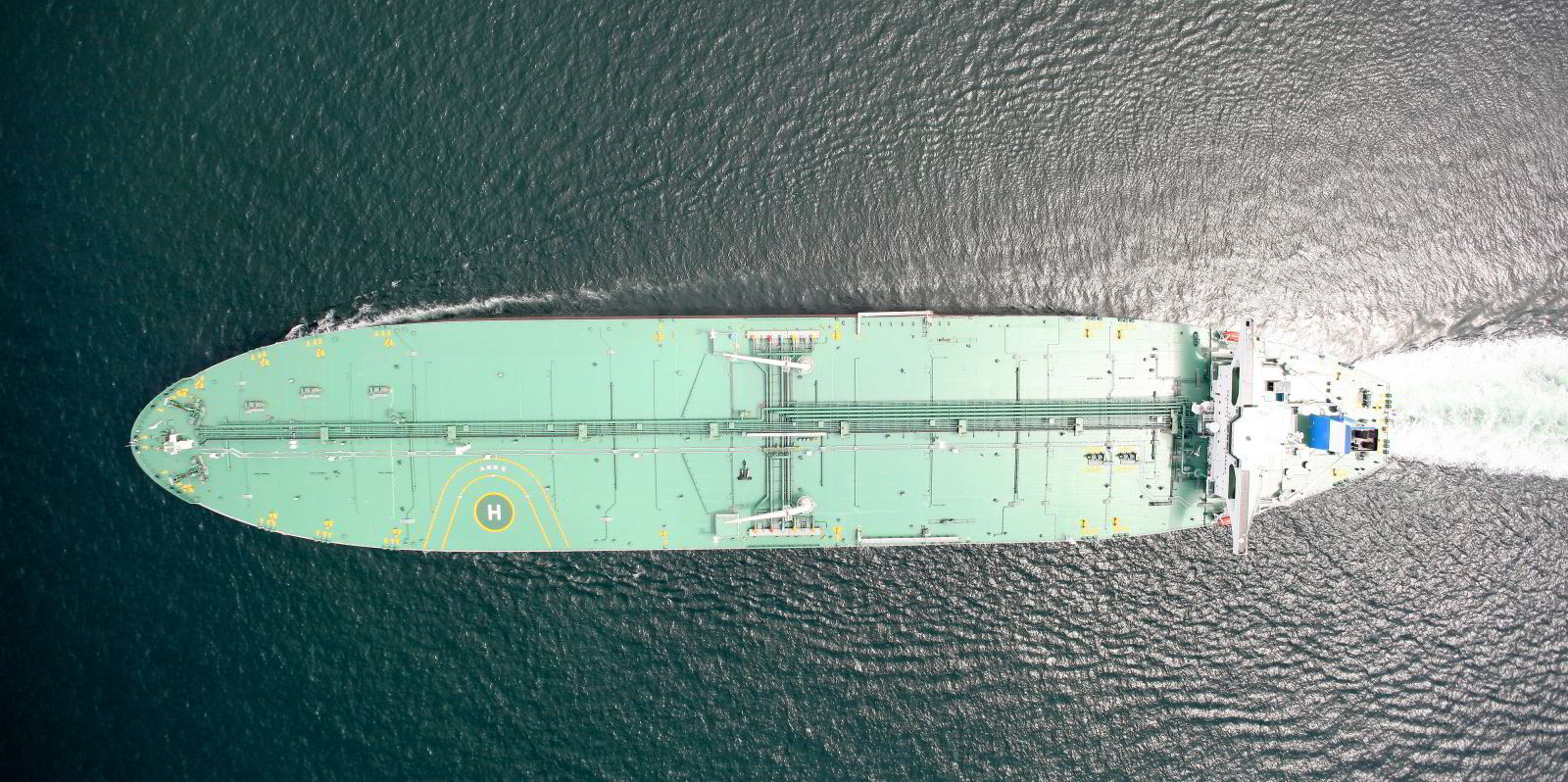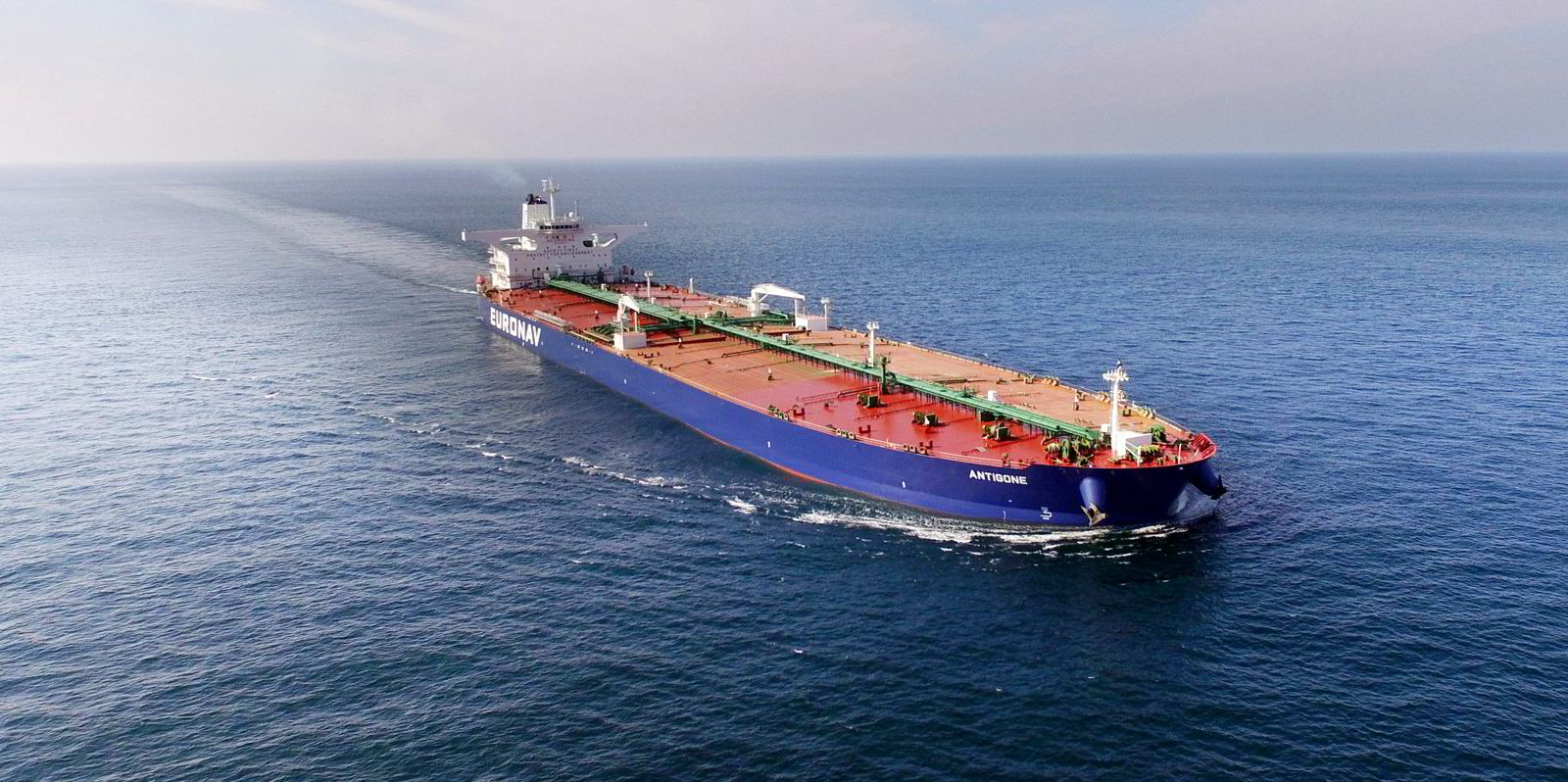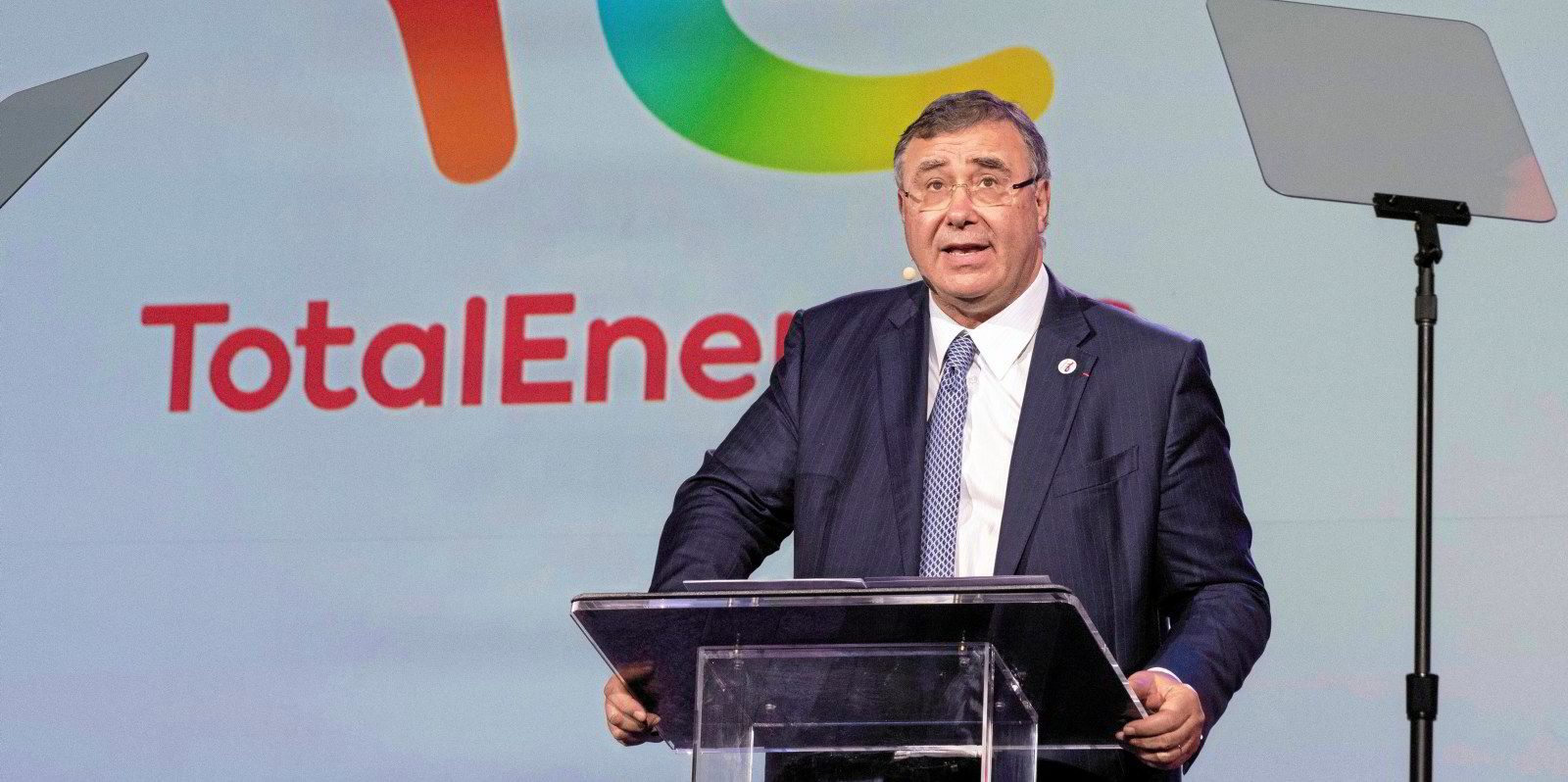Namibia, touted as one of the hottest oil exploration plays, could provide a boost for VLCC and suezmax owners, says Gibson Shipbrokers.
The southwest African country sits between oil-rich Angola and oil-poor South Africa.
“Much of the focus over the past few years has been on the impressive ramp-up of oil production in Guyana, where production is on track to rise to 800,000 barrels per day next year from zero in 2019,” said Gibson.
“Yet in the years ahead, new frontiers in the oil market could emerge, and one such region with potential is Namibia.”
Exploration off Namibia dates back to the 1970s, when Chevron discovered the Kudu gas field in shallow water off the southern coast.
According to Wood Mackenzie, this was never developed, and for several decades there was little interest from international oil companies in exploring the country’s oil and gas potential.
“But this could be about to change with production starting between 2026 and 2028, should the final investment decision be taken this year,” Gibson said.
Until 2022, most exploration activities resulted in dry wells; however, a breakthrough occurred in early 2022 when Shell and TotalEnergies found oil in the Graff and Venus blocks.
Wood Mackenzie said the Venus field is potentially the biggest-ever oil discovery in sub-Saharan Africa, and among the top 10 globally since the turn of the century.
Gibson said the development process is likely to be similar to Guyana, with floating production, storage and offloading units deployed to extract the oil and transfer it onto tankers for export.
Wood Mackenzie estimates that production could exceed 500,000 bpd within a decade and continue to grow thereafter, with first production likely towards the end of this decade.
Namibia has 230,000 square km of licensed acreage; by way of comparison, Norway has less than 100,000 square km.
The area is hugely underexplored, with fewer than 20 deepwater wells, compared with thousands of wells offshore in the North Sea or the Gulf of Mexico.
Namibia’s government is said to be keen to see first oil as soon as feasibly possible and has reportedly sought advice from Guyana on how to structure production-sharing agreements.
Gibson said the region has become increasingly attractive to major oil companies, which view the country as more politically and fiscally stable compared with its neighbours to the north.
For the tanker market, Gibson believes Namibia is “unlikely to have an impact this decade”.
“However, it provides a new frontier for the oil market, which will require tankers to deliver oil to export markets,” it said.
Although little is known about the specific properties of the grades, the demand for such crude is “likely to be primarily in the East, with VLCCs and suezmaxes the most likely beneficiaries”.






